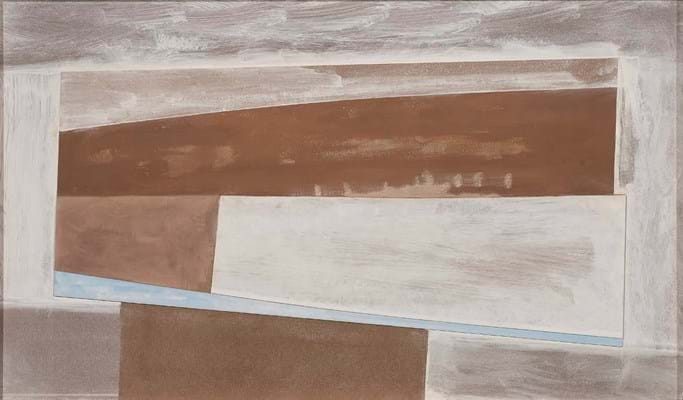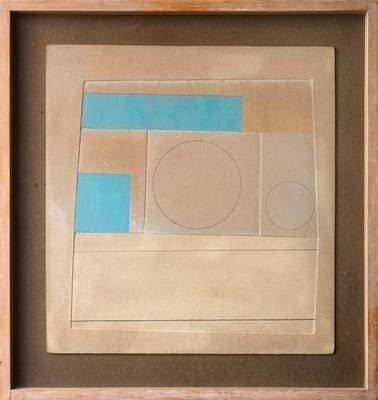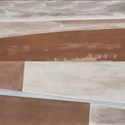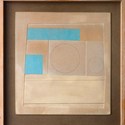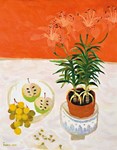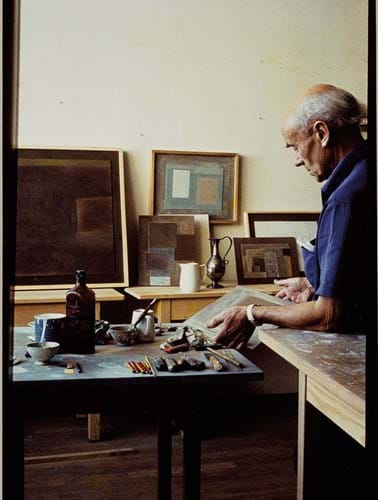
By the 1950s British artist Ben Nicholson (1894-1982) had achieved international recognition and was embarking on the second part of an illustrious career.
Yet his later works remain secondary in his output in terms of both public appreciation and price, according to Holland Park gallery Piano Nobile. Its selling and loan show Ben Nicholson: Distant Planes 1955-1979, which is staged until January 29, seeks to redress that balance, celebrating the artist’s later works.
“When putting on shows we’re always looking for unmined areas of potential,” the gallery’s Matthew Travers tells ATG.
“I’ve always felt that the aesthetic value of these works was strong, and they do make good prices on the secondary market and in salerooms, but when people think of his works, they still think of the early 1930s. These are just impossible now. They don’t come on the market.”
The gallery argues that Nicholson is one of the few British artists, along with figures such as Hepworth and Henry Moore, to have a truly international reputation in the mid-20th century. Of those, he has the distinction of being a specialist in ‘flat’ art, making his works both academically appealing and highly collectable.
The show opens with the 1950s, which marked a turning point in Nicholson’s life and career. In 1957 he embarked on his third marriage (following those to Winifred Nicholson, nee Roberts, and Barbara Hepworth) to German photographer Felicitas Vogler. The following year, after representing Britain at the Venice Biennale, he moved to Switzerland, and began exhibiting both there and in galleries in the US and UK.
He was fascinated by European views, drawing historic sites on trips to Greece and Italy, while his paintings were pared down to geometric reliefs, approaching the minimalism of later decades.
“At this time he was a man really enjoying his work and the fact that he could produce this kind of work,” Travers says. “He felt like an international artist by this point and moving into the heart of Europe was important to him – perhaps the UK felt a bit provincial.”
Among the works on offer is November 1959 (Mycenae 3 – brown and blue), an oil and pencil on carved board (above), representing one of the artist’s professed “favourite places”, which is offered for £350,000 + ARR. It might seem a high-ticket item, but earlier Nicholson art can easily reach into the millions on the open market.
It is among seven landscape and architectural drawings of Greek and Italian subjects as well as 10 carved and coloured reliefs featured in the exhibition. Among the loans are works from the British Council, Pallant House and Southampton City Art Gallery, and the show was catalogued with Dr Lee Beard, director of the Ben Nicholson Catalogue Raisonné project.
Accompanied by a high-quality catalogue with a series of essays (“it is great to be able to contribute to the literature if you can,” Travers adds) the show is a prime opportunity either to reappraise these later works or encounter them for the first time.
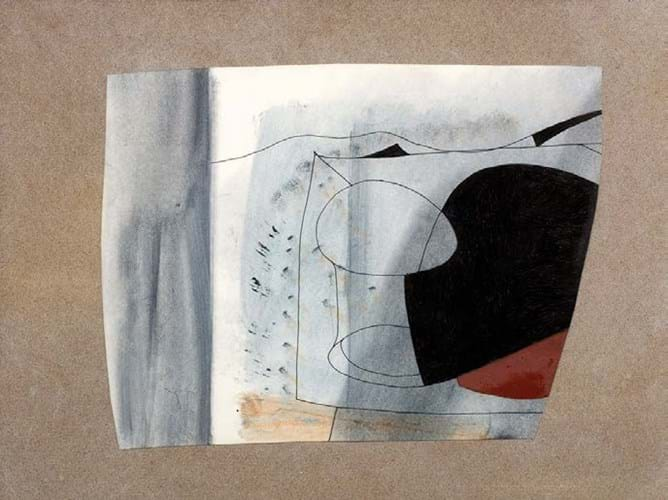
One of the final works in the Piano Nobile show is 1978 (mountain scene), 19½in x 2ft (49.5 x 60cm), completed in felttip pen and oil wash on paper, which is offered for £75,000 + ARR. That year Nicholson wrote to an old friend: “I’ve been off work for 2 long (too small a studio) & then suddenly have had a burst of work – many think the best so far that I’ve done.” Image courtesy of Piano Nobile.
Originally planned to run in April, Distant Planes was pushed back because of lockdown. Now visitors have started coming through the gallery again by appointment and in line with the ever-evolving regulations. “A lot of people have been getting back on the exhibition route. Everyone who is interested has been craving shows,” Travers says.
The event is staged in the firm’s second gallery, also on Portland Road, which opened last year.
While physical shows remain crucial to the business, he adds, the internet has grown in importance dramatically. The dealership launched a new viewing room and additional online content in May for the summer season and has been making sales off the webiste “well up into the six figures”.
Travers adds: “That’s a huge step forward. I would say that the last five months have pushed the internet’s importance forward about five years. It will be fascinating to see how it develops.”


